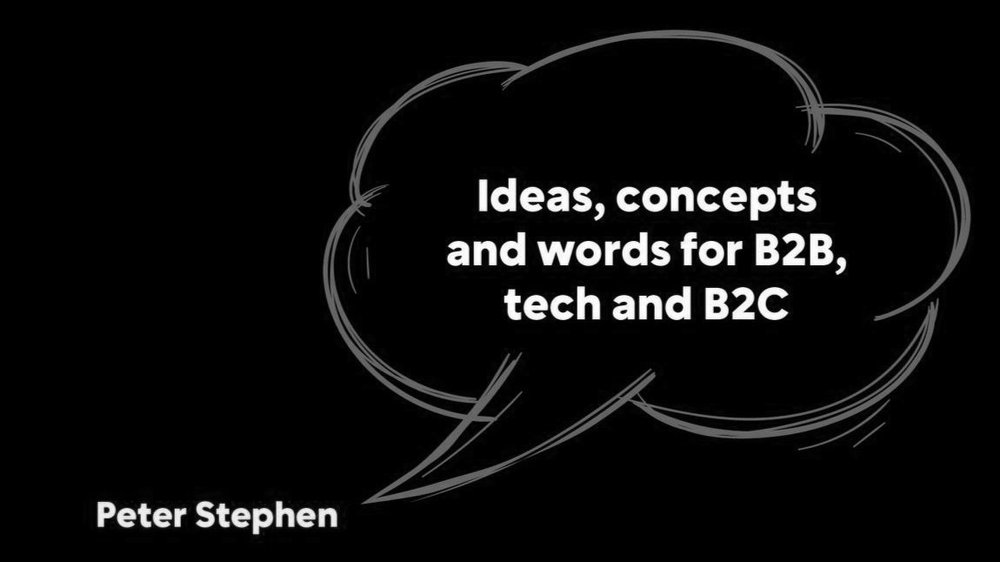In today’s ultra-competitive business world, content is everywhere we look.
So, to make stronger connections with their target audience, brands must have a clearly defined content strategy.
Because audiences look for content to help make a purchase decision, or passively consume it as entertainment it’s necessary for brands to know what to say, who to say it to, when and how.
So, how should a content strategy look? Here are a few steps to consider.
Set your goals, your purpose and your outcomes.
You need to know your audience. Ask yourself: who are you trying to reach? What do you want them to know, think or feel? What do they need? How and where do they consume media?
You also need to decide what success will look like for any content-driven campaign. Ask yourself: what financial returns do you expect on your investment? Or what net promoter scores do you want?
Define your tone of voice.
You need to decide how your brand speaks to different audiences, and how it behaves across different channels. When defining your tone of voice (TOV), you should focus on the characteristics of your brand; how you explain the value of your products and services, and how you engage with real consumers.
If you’re unsure how to define your brand’s TOV, try using Voicebox, it’s a super simple method that will help nail your tone.
Be consistent.
To make sure your message resonates with every audience across every channel, you need to be a consistent through every asset. This helps keep your content aligned to your brand, product, or service.
Evaluate everything.
You need a set of principles that help make sure all your content aligns to your brand and continues to put out the right messages. Evaluating your content means you can adapt it if you need to, helping manage your reputation and protect your brand identity.
Build content pillars.
These support your strategy across multiple channels, such as eBooks, blog posts, infographics, videos, emails, social media posts, and more. And let you cover all your content bases, delivering the right message to the right audience, at the right time.
Set your schedule.
Releasing your content at the right time will give you the best results. So, you need to create a calendar for publishing each of your pillars. This prevents over-delivery of content into each channel.
What it means to you.
It’s all about creating meaningful, manageable and sustainable content that reaches your audience, attracts more target customers and builds trust in your brand. It’s no surprise that developing an effective strategy has become a top priority for marketing teams and the agencies they partner with.
Got a question or suggestion for other points a content strategy should include?
Share with your comment - I’d like to hear what you think.

